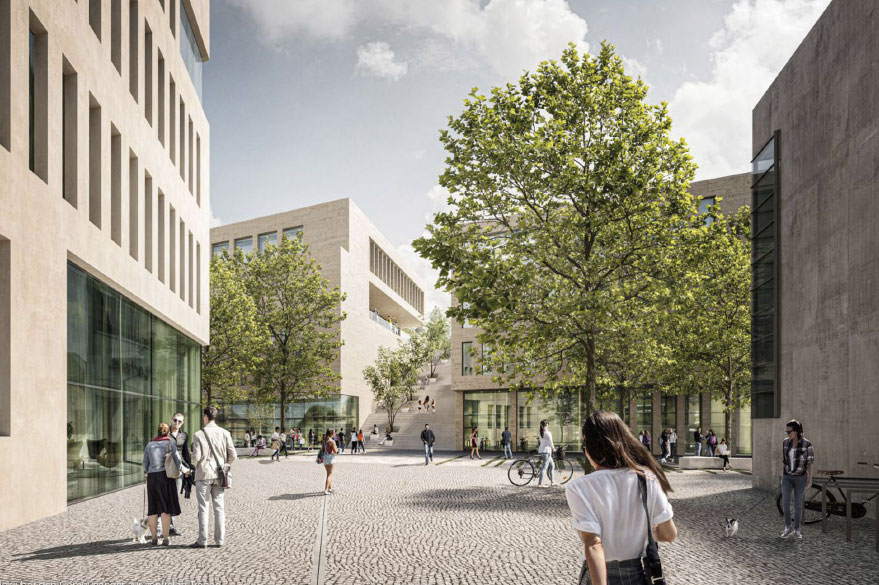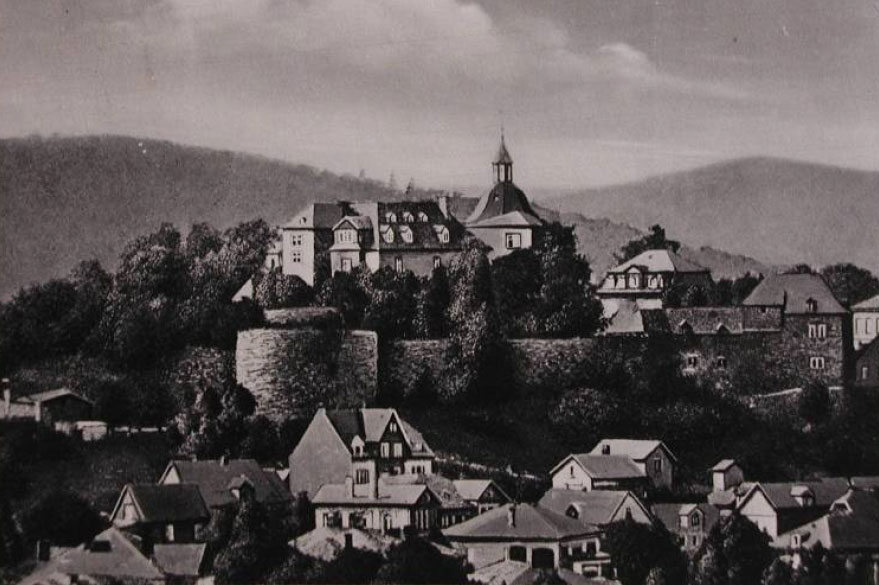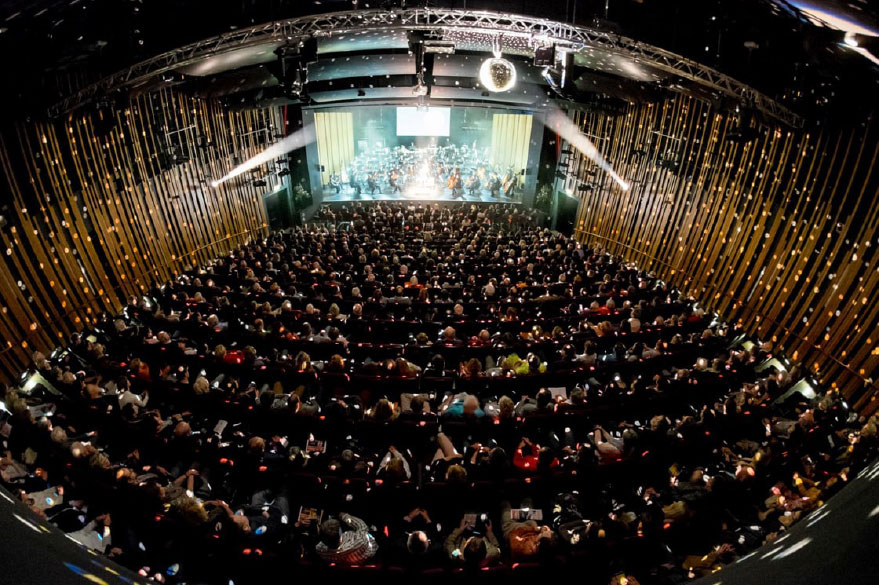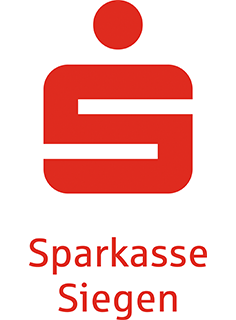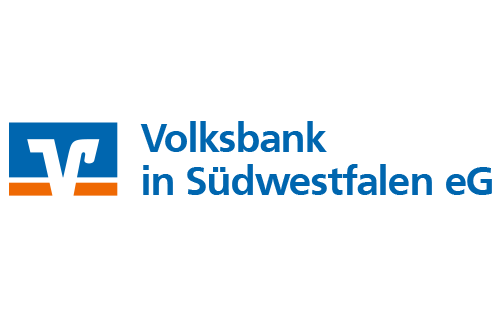One man, one costume, many assumptions… Who is the famous Siegen personality that our presenter Gerd Buurmann is supposed to embody? Once again, the Siegen running public is confronted with almost unsolvable questions.
There was a lot to listen to, of course there were also real clowns and at the end there were chocolate muffins for everyone – what more could you want? A huge party for the little ones! We have captured the great atmosphere in the video.
Fun facts
Who am I?
Welcome to our website
Greeting from the mayor
Chronicle
Hunters and gatherers move through the Siegerland.
Latène period iron smelting at Engsbach-Seifen near Achenbach
Christianisation of the Siegerland,
starting with the archbishoprics of Mainz and Trier
First documentary reference of Sigena.
The archbishopric of Mainz appoints Count Rupert von Siegen as administrative officer.
He and his descendants go down in Siegen history as the Counts of Nassau.
Siegen is documented as a town for the first time.
Evidence of the commencement of joint sovereignty between the Counts of Nassau and the Archbishops of Cologne.
First documentary reference to the Oberes Schloss.
Conferment of Soest town charter.
First documentary reference to Martinikirche.
Earliest mention of a foundry (‘Mashutte uff der Weste’).
The foundry "Massenhütte" on the river Weisbach is presumed to be a forerunner of the subsequent Marienborn ironworks.
Town is under the sole rule of the Counts of Nassau.
First mines commence operations in the region.
Peter Paul Rubens is born in Siegen.
To this day, Rubens remains one of the most famous painters in Europe; his studio was the largest of the Baroque era. Some of his world-famous paintings can be admired in the Rubenssaal of the Siegerland museum.
Change from Lutheran to Calvinist denomination ushers in a period of sectarian turmoil.
The principality of Nassau-Siegen is established with Siegen as the seat of power .
Count Johann Moritz is born.
The House of Nassau-Siegen is divided into a Protestant line and a Catholic line.
The golden Krönchen, a gift of Prince Johann Moritz (title granted in 1652), is placed atop Nikolaikirche.
The Princely Crypt is constructed.
Major fire between the market square and Martinikirche.
The fire claims eleven lives and destroys, among other things, the Protestant residence of the Nassauischer Hof, the hospital, Johanneskirche and 252 residential houses.
The Unteres Schloss is constructed as a residence for the Protestant sovereigns.
Marienkirche is constructed.
The principality of Nassau-Siegen transfers to Orange-Nassau-Diez.
The educationalist Adolf Diesterweg is born in Siegen.
Congress of Vienna: Siegen falls to Prussia.
Siegen becomes part of the administrative district of Arnsberg.
The Wiesenbauschule (College for Land Improvement) is founded, (from 1913 on Häusling hill).
The Rhein-Sieg-Bahn and Ruhr-Sieg-Bahn railways commence operation.
The ‘Klubb’, a residential block adjacent to Nikolaikirche (today the Alfred-Fissmer-Anlage), burns down. There are no deaths or injuries. Es gibt weder Verletzte noch Tote.
Siegen has 20,000 inhabitants.
The Siegerland museum opens in the Oberes Schloss.
Population tops 30,000; Siegen forms an urban district until 1966.
The Apollo-Theater opens,
initially as a venue for "sound films and Music Hall shows"; it is used as a cinema from 1948 onwards.
Watched by onlookers, members of the Siegen branches of the SA and SS set fire to the synagogue at Obergraben.
Siegen has 40,000 inhabitants.
Siegen suffers a Second World War bombing raid
in which 348 German citizens and an unknown number of forced labourers from abroad are killed, with many others seriously injured. Eighty per cent of the city centre is destroyed.
Main transit camp for refugees and displaced persons built in Wellersberg.
Rubens Prize of the city of Siegen is inaugurated.
The Neue Haardt mine becomes the last mine in Siegen to close.
The Siegerlandhalle opens.
The TV show Starparade is broadcast from here, with James Last making his television debut.
One of five comprehensive universities in NRW is founded in Hüttental;
in 1980 it is renamed the Universität-Gesamthochschule before becoming the University of Siegen in 2003.
Construction of Hüttentalstrasse begins;
the urban motorway takes over 40 years to complete.
The towns of Hüttental and Eiserfeld are incorporated and Siegen becomes a city.
The population reaches an all-time high of 117,000.
The women’s team of Sportfreunde Siegen becomes the German football champion, a success it will go on to repeat five times by 1996.
Belgian forces withdraw from Siegen, where they have been stationed since 1946.
The City-Galerie shopping centre opens.
The Museum für Gegenwartskunst is opened.
The Apollo-Theater reopens as a theatre.
The redeveloped Siegufer is completed in the city centre.
As part of a city festival lasting several days, thousands of people celebrate "Siegen – zu neuen Ufern", (New shores for Siegen).
The urban redevelopment continues:
the Herrengarten zone is restyled, new university buildings are constructed in the city and the FJM (Fürst-Johann-Moritz) quarter creates another new attraction near the station.
The anniversary in social media
To access the Instagram feed on this page, please accept the marketing cookies.
Annette Kurschus
Chairwoman of the Council of the Evangelical Church in Germany (EKD)
Os cor aut pre nonese sequi qui atium iunt, quias nobit ut elescit praepro venietum ent volore, omnimpo rehenet hictur magnate mquaerori con es estectae. Sequatur, sunt in ex esed ut qui des moluptat voloreiunt lanimi, sae cullestis rae id expelig enimi, sum senihit dolupieni sape corectur? Quis ut optaquiae dolores.


